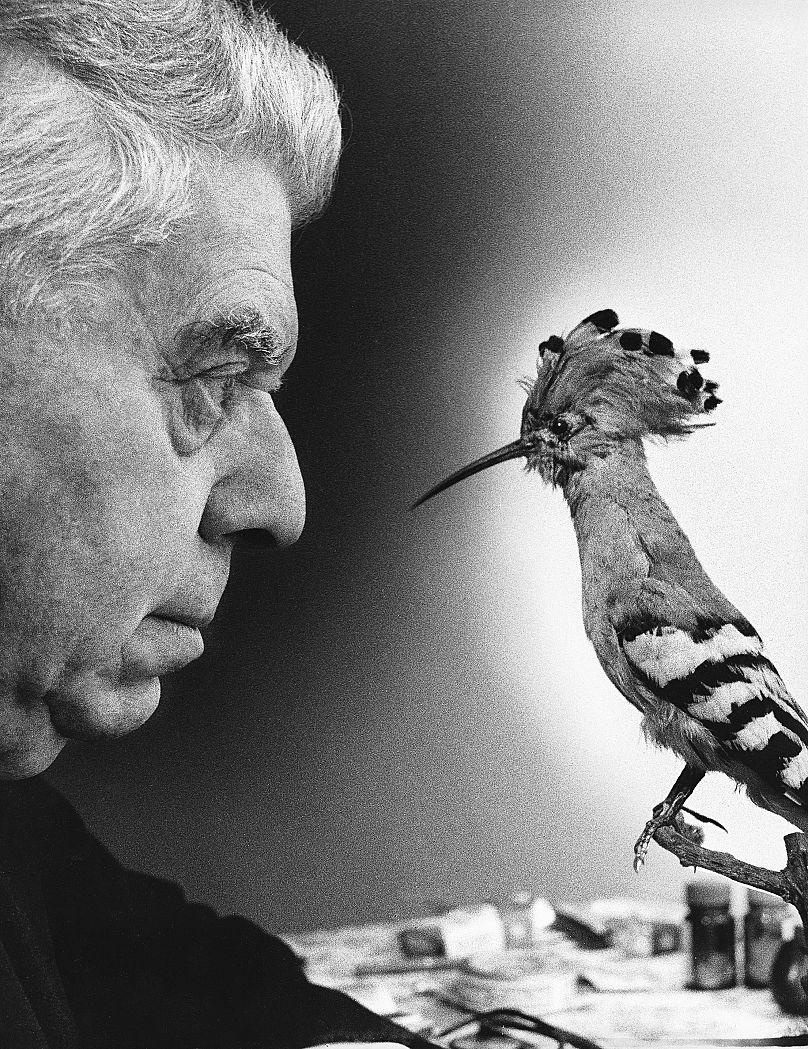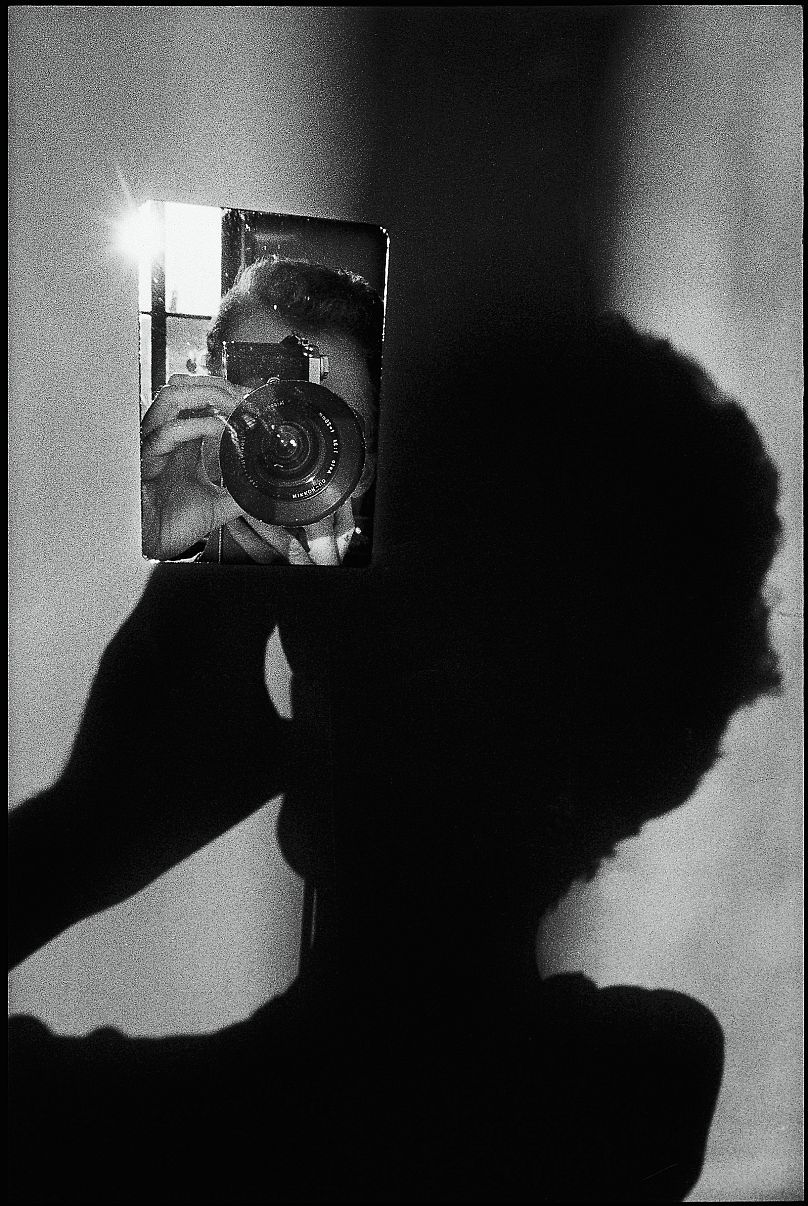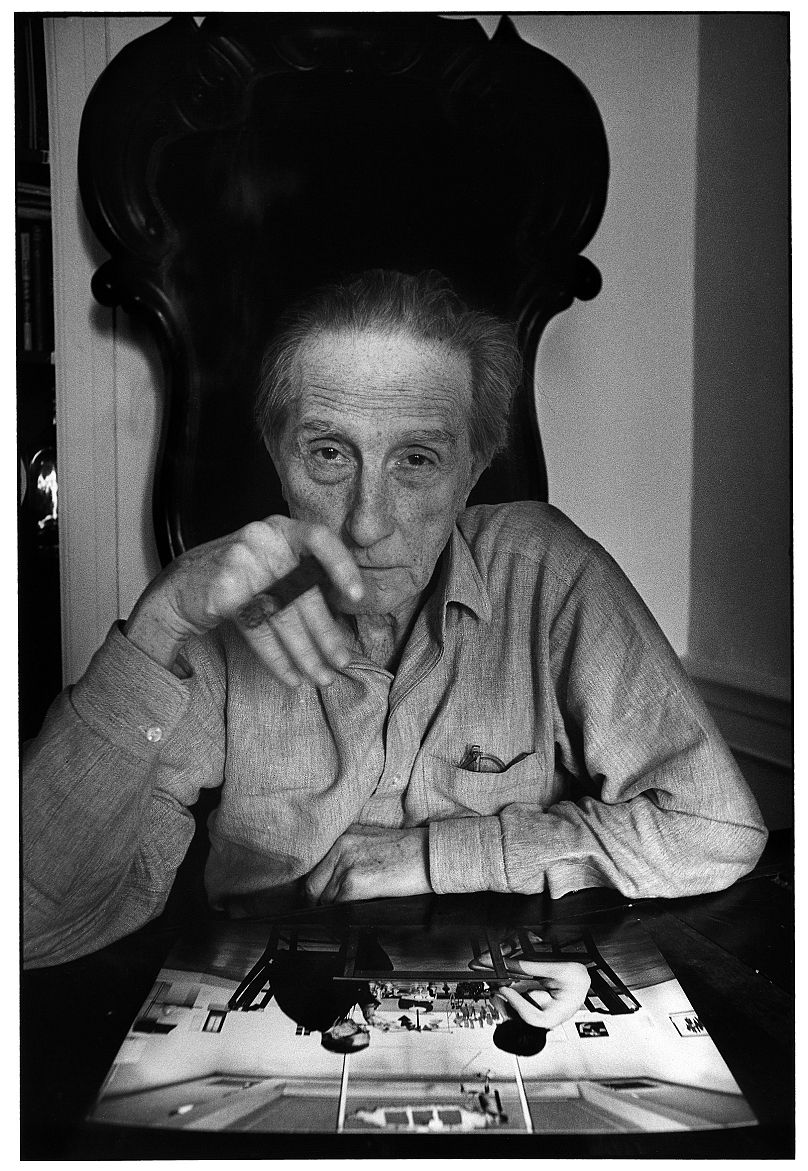Venice opens new 'home' for photography with Ugo Mulas show
The exhibition is proof of how far-ranging his lens was; Ugo Mulas photographed the most prominent figures across a range of artistic disciplines, from theatre to poetry and visual arts.
Venice now has a new “home” for photography on the site of a former monastery. Le Stanze della Fotografia opened its doors to the public last week in the Sale del Convitto on the island of San Giorgio Maggiore, a short vaporetto ride from the city.
After the photography museum La Casa dei Tre Oci was bought by the tycoon Nicolas Berggruen last year and subsequently closed to the public, it wasn’t clear if Venice would again have a gallery dedicated solely to photography. Now, two Italian cultural foundations Marsilio Arte and Fondazione Giorgio Cini have joined forces to create a research centre and exhibition space for photography, which they hope will be more international and ambitious in scope than its predecessor.
Le Stanze opened with an inaugural exhibition dedicated to the post-Second World War Italian photographer Ugo Mulas, whose black and white images captured the rapidly-modernising Milan of the 1950s, successive Venice Biennales, his friendship with the artist Alexander Calder and New York’s explosive Pop Art scene.
His enormous body of work is represented across two dense rooms divided up into unchronological chapters of his life. The exhibition begins with ‘Le Verifiche’ (‘The Verifications’ in English), his experiments inside photography near the end of his career in the 1970s. In L’operazione fotografica, a 1971 self-portrait in homage to the American photographer Lee Friedlander and which lent the exhibition its title, Mulas’s own shadow appears in shot, filling the frame, yet it is the sharp detail of his reflection in a small rectangle of mirror that draws the eye.
Careful compositions
His compositional trick is the double subject: his fingers cradling the lens, the spiky sunburst and even the detail of roofs visible through the window behind him draw the attention from his amorphous shadow, the photo’s second protagonist. There are also experiments with actual objects as the subject of the photo, such as film roll that has been cut, arranged and photographed, as in his End of the Verifications.
Elsewhere in the exhibition, large contact sheets show how his impressions of a subject developed, the rows of squares resembling the New York skyscrapers that he would later photograph during his time in the city.
Mulas is also known for his portraits, including whole series on individual artists like Marcel Duchamp, Lucio Fontana or Alexander Calder. A quote from Mulas in the exhibition says, “No portrait is more of a portrait than the one in which the person arranges themselves, posing, fully aware of the camera, and does nothing but pose.” Mulas plays with this in a deliberately self-referential way in a portrait of Marcel Duchamp in New York, putting the artist in a pose in which he sits, elbows on a table, smoking and looking at the iconic photo of himself in exactly the same seated pose playing chess with a naked Eve Babitz.
Perhaps Mulas’ ease with photographing the artificiality of posing is what makes his fashion photography so compelling. A long-time collaborator of Vogue, Mulas said that he found his work in fashion and advertising “more honest”: “If I was going to sell myself for the sake of selling myself, I might as well say so openly and do some real commercial work.” He used his friends as models, sticking the filmmaker Luchino Visconti or the Arte Povera artist Alighiero Boetti into designer clothing and putting them in the glossy pages of fashion magazines.
Pop Art profiler
The exhibition is proof of how far-ranging his lens was: Mulas photographed the most prominent figures across a range of artistic disciplines, from theatre to poetry and visual arts. But he was not just an observer, and this is particularly apparent during the New York years. As an Italian photographer of the city’s Pop Art scene, he was both outsider and insider of these artistic circles, and his photos convey a casual intimacy with his subjects.
He admits this himself, describing how he both entered “the world of the painters […] sharing an extraordinary moment” as well as remained on the outside, acting solely as a “witness to something that was truly important just as it was unfolding”. One of his iconic images shows police raiding a party at Andy Warhol’s Factory. The photo is taken from an angle below the eyelines of the people in the photo, as though Mulas is sitting down, separate and watching the action – but his presence at the party, documenting it, shows how he was a part of the scene himself.
Elsewhere, Mulas shows artists at work, in the act of creation. A striking series of photos of the Argentinian artist Lucio Fontana reveal him making the works he called Attese, in which he sliced up canvases. Fontana stands in near-total shadow, his razor tipped to the pucker of the canvas, the tool’s shadow pointing to where the cut will fall. The photo captures the anticipatory breath before the arm’s downward stroke, and the depth of the cut when it is finally made.
This, perhaps, is where Mulas is at his best: when he’s using his photography to explore what he called “the human quantity” behind the artwork, revealing the behind-the-scenes processes of the artists who he knew, admired and observed - and in so doing, making his own contribution to the trailblazing art movements of the latter half of the 20th century.
‘Ugo Mulas, L’operazione fotografica’ will be on display at Le Stanze della Fotografia until 6 August 2023













